Maintaining a sparkling clean pool is essential for every pool owner, and the heart of this maintenance lies in the pool pump. Understanding the key components of pool pump parts is crucial for ensuring optimal performance and longevity. In this ultimate guide, we'll explore the essential parts, including seals, impellers, and motors, that keep your pool pump running smoothly. From how each component functions to what signs indicate they may need replacement.
How Do Pool Pumps Work?
Pool pumps are designed to circulate water through the pool's filtration system, ensuring that water is continuously filtered to remove debris, dirt, and other impurities. The basic operation involves drawing water from the pool through an intake port, passing it through the filtration system to remove contaminants, and then returning the clean, filtered water into the pool through return ports.
An electric motor powers the pool pump, driving an impeller that creates suction to pull water through the intake and then pushes it through the filtration system and back into the pool. This continuous circulation process helps maintain water clarity and prevents stagnation, contributing to a healthier swimming environment.
Key Functions of a Pool Pump
-
Filtration: The primary function of a pool pump is to facilitate water filtration, ensuring that debris, leaves, dirt, and other impurities are captured and removed by the pool's filtration system. This is essential for maintaining water clarity and cleanliness.
-
Chemical distribution: Pool pumps play a role in distributing chemicals, such as chlorine or other sanitizers, throughout the pool water. This helps in disinfection and prevents the growth of algae and harmful bacteria.
-
Preventing stagnation: By continuously circulating water, pool pumps prevent water stagnation, which can lead to the buildup of bacteria and algae. Adequate circulation helps distribute treated water evenly throughout the pool.
-
Aiding in heating and circulation of pool water: Pool pumps also facilitate the circulation of water through heating systems, allowing for efficient heating of the pool as well as uniform distribution of heated water.
Essential Pool Pump Parts
Part | Description |
Housing | The outer shell that encases the internal components of the pump, protecting them from external elements. |
Strainer basket | A basket that catches debris like hair and lint before the water enters the pump, preventing clogs. |
Gaskets | Seals used to prevent water leaks at connection points within the pump. |
Seal plate | A plate that holds the motor and pump housing together, providing a seal to prevent leaks. |
Motor | Powers the impeller to move water through the pump and circulate it through the pool. |
Impeller | A rotating component that draws water into the pump and pushes it out to the pool. The impeller ring and screw secure the impeller in place. |
Diffuser | Directs water into the impeller and increases the efficiency of water flow through the pump. |
Drive | Allows the motor to operate at different speeds, improving energy efficiency and performance. |
Bolts | Fasteners that hold the pump components together. |
Lid assembly | The top cover seals the strainer basket compartment, allowing easy access for cleaning. |
Shaft seal | Prevents water from leaking along the motor shaft. |
Wire harness | The set of wires that connect the motor and other electrical components to the power source. |
Symptoms of Failing Pool Pump Motors
Symptom | Possible Cause |
Unusual noise or vibration | Problem with the motor or impeller |
Inconsistent water flow or pressure | Issues with motor performance affecting pool circulation |
Motor not starting or turning off unexpectedly | Electrical issues or internal damage |
Overheating of the motor | Poor ventilation, lack of lubrication, or internal failures |
Increased electricity consumption | Motor inefficiencies or mechanical issues causing the motor to work harder than usual |
Common Issues with Pool Pump Parts and Troubleshooting Steps
Issue | Signs of Problem | Troubleshooting Steps |
Pool Pump Motor Failures |
|
|
Impeller pump pool problems |
|
|
Seal Leaks |
|
|
Fixing Seal Leaks |
|
|
How to Replace Pool Pump Motors
Turn off power: Before starting any work, ensure that the power to the pool pump motor is switched off at the circuit breaker to prevent electrical hazards.
Drain the system: Release the pressure from the pool pump by draining the water from the system and closing off relevant valves to avoid spills and leaks during the replacement process.
Disconnect wiring: Label and disconnect the electrical wiring from the old motor, taking note of the connections to ensure correct reassembly.
Unbolt and remove old motor: Loosen and remove the bolts or fastenings that secure the old motor to the pump housing. Carefully detach the old motor from the pump assembly.
Replace pool pump motor: Install the new pool pump motor, ensuring correct alignment and making sure it is securely attached to the pump housing. Follow the manufacturer's instructions for proper installation.
Reconnect wiring: Carefully reconnect the electrical wiring to the new motor, matching the connections as per the labeling or reference notes.
Prime the pump: Prime the pump and ensure there are no air pockets in the system before restarting the pool pump.
Test the new motor: Once the installation is complete, turn on the power and test the new motor to ensure it is operating smoothly and without issues.
Tips for Maintaining Pool Motor
-
Regular cleaning: Keep the motor and surrounding area clean to prevent dust and debris from accumulating, which can impede airflow and cooling.
-
Lubrication: Follow manufacturer guidelines for lubrication of motor bearings if required, to reduce friction and extend the lifespan of moving parts.
-
Inspect electrical connections: Periodically inspect the electrical connections for signs of corrosion, damage, or looseness, and address any issues promptly.
-
Monitor motor performance: Stay alert to changes in motor performance, such as unusual noises, vibrations, or overheating, and address these issues promptly.
Understanding the various parts of your pool pump, from seals to impellers, is essential for maintaining optimal performance and ensuring the longevity of your pool system. Regularly inspecting and replacing worn or damaged components can help prevent costly repairs and inefficient operation. By familiarizing yourself with these crucial components, you'll be better equipped to diagnose issues, perform routine maintenance, and make informed decisions regarding repairs or replacements. USA Pool Shop offers a wide range of pumps & motors and replacement parts to meet all your pool maintenance needs. We ensure fast shipping and provide expert advice to help you keep your pool in perfect condition year-round.
FAQs
How do I select the right replacement pool pump motors?
Choose replacement pool pump motors based on their horsepower rating, voltage, and efficiency preferences to ensure they meet your pool's demands.
Can I replace my swimming pool filter motor separately?
Yes, you can replace your swimming pool filter motor independently as long as it matches the specifications of your existing system.
What types of pumps for pools are available?
There are various swimming pool pumps motors, including single-speed, dual-speed, and variable-speed options, each suited for different pool sizes and maintenance schedules.
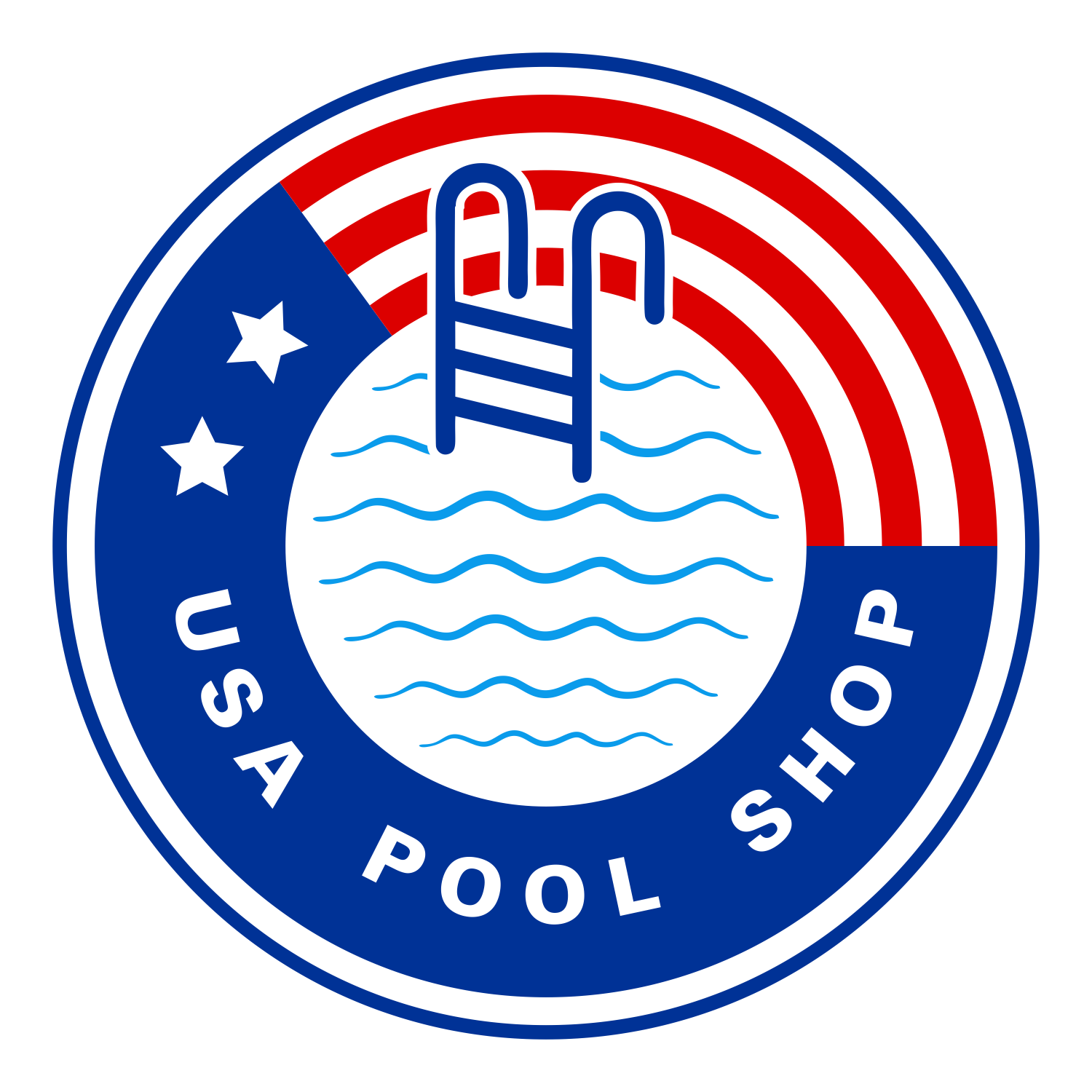
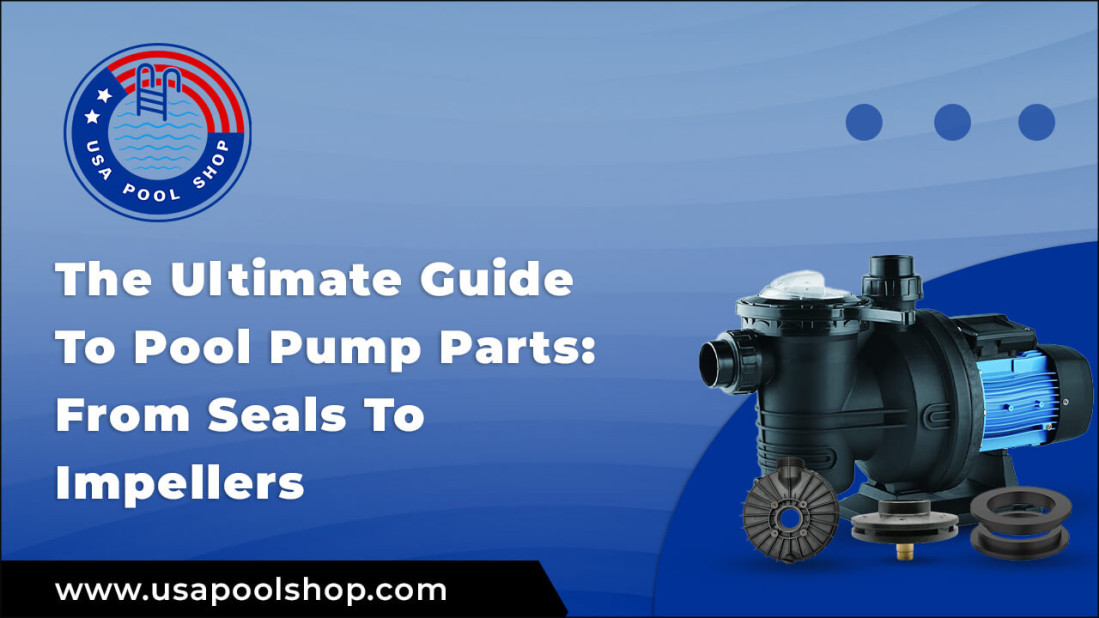
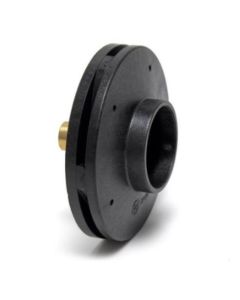
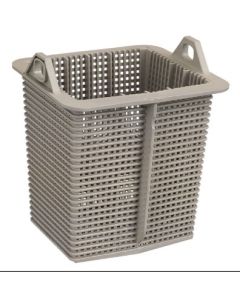
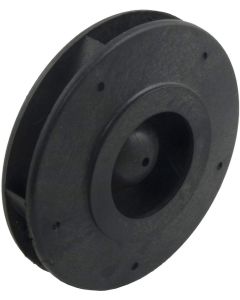
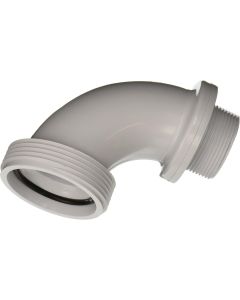
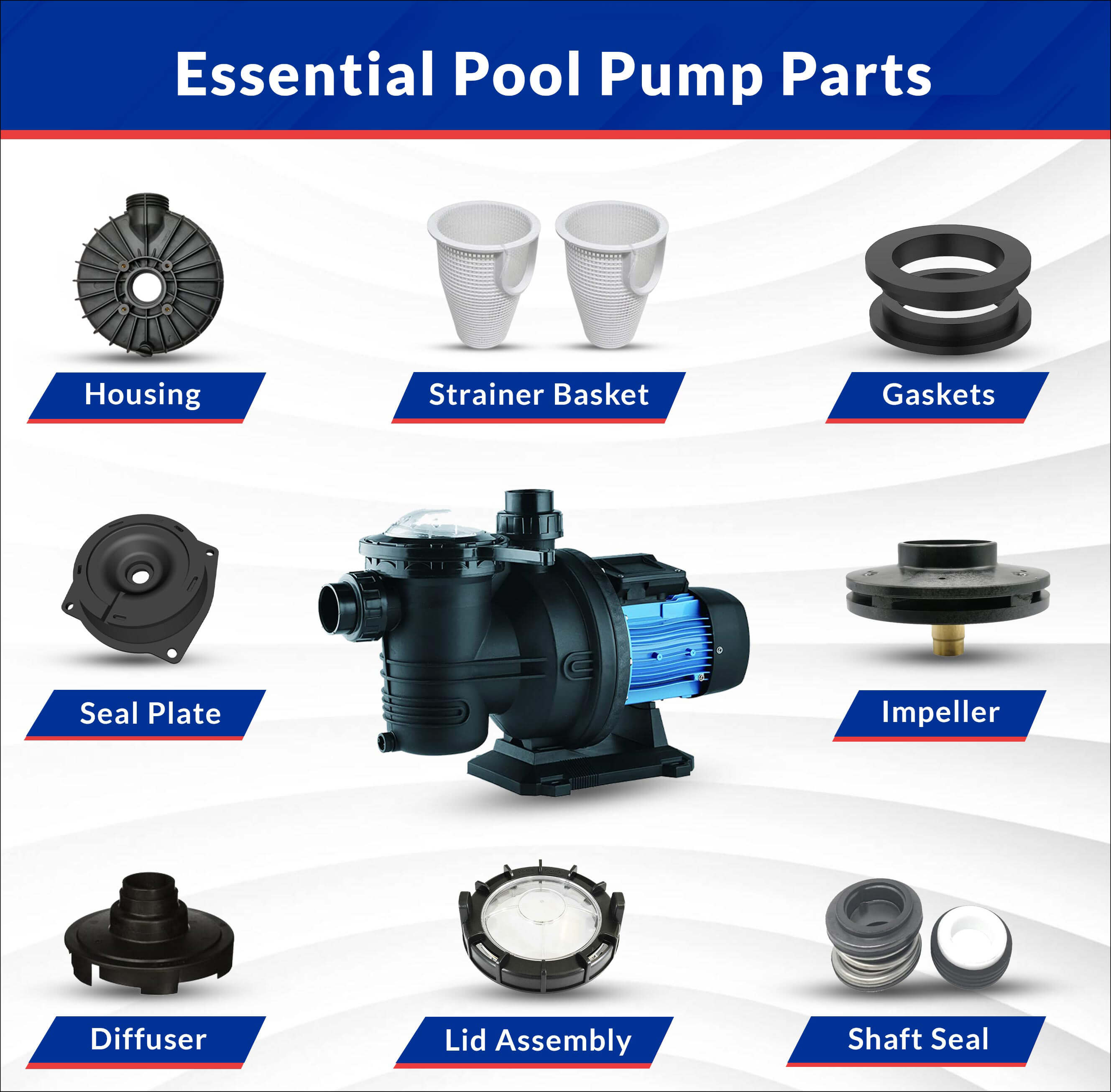


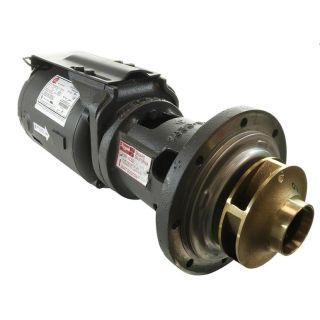
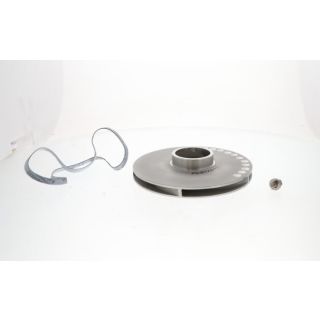
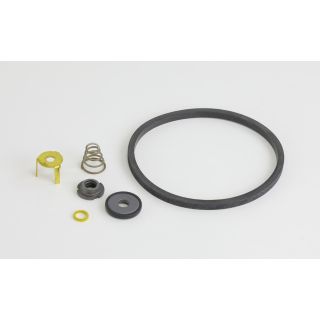
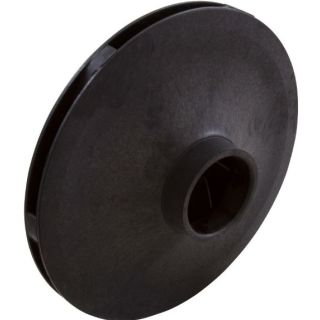
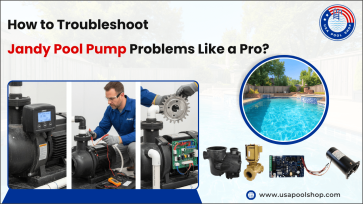
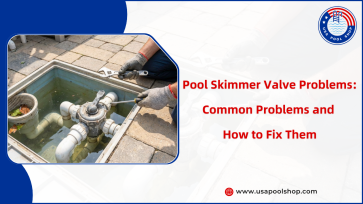

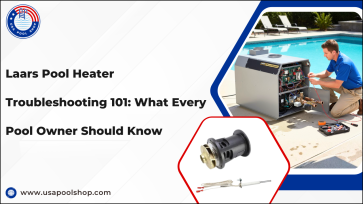
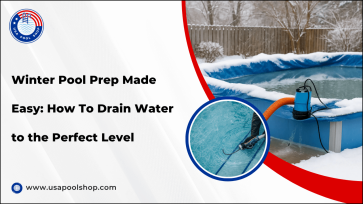
Validate your login